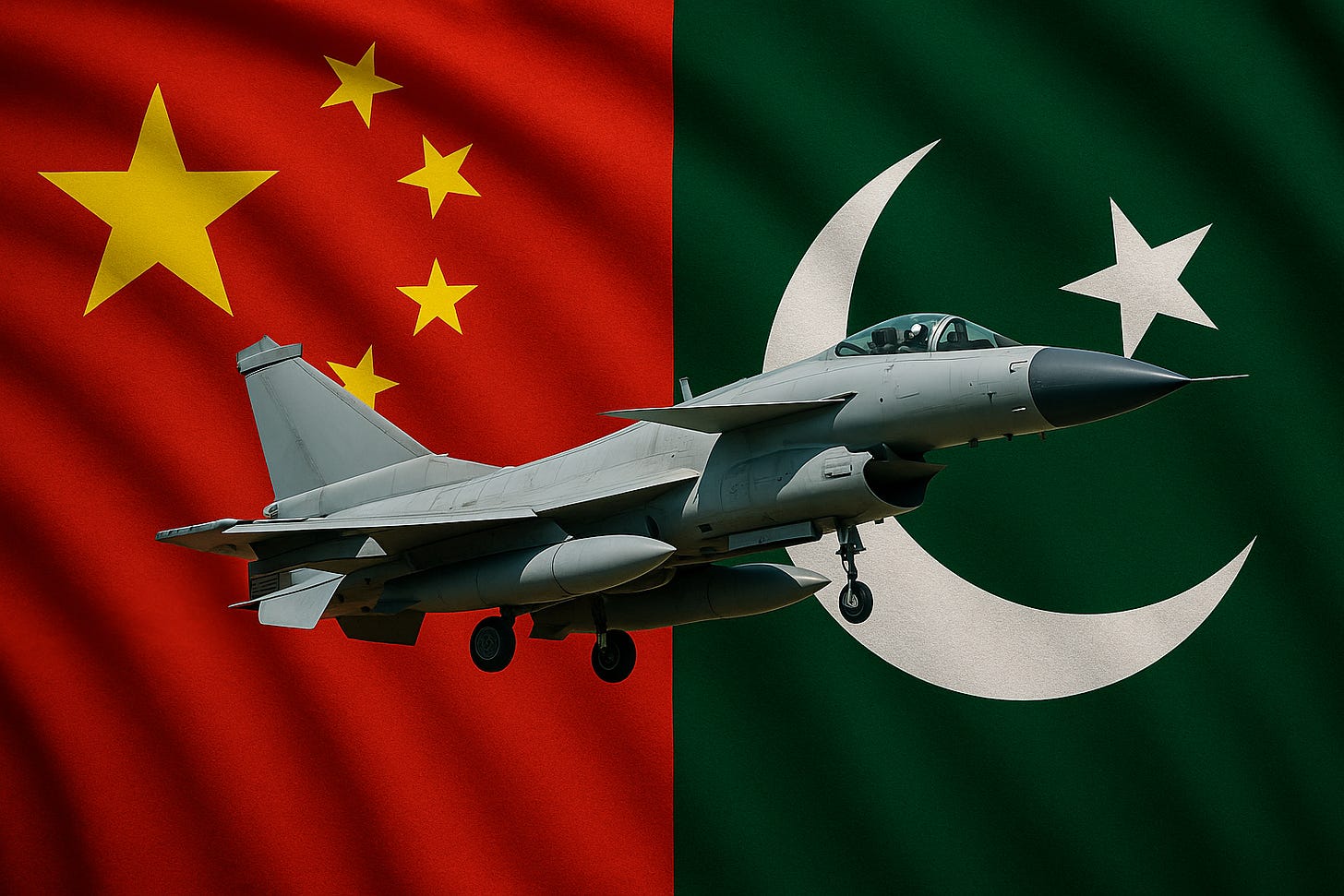How a Single Engagement Reframed Air Superiority – Part II: The J-10C, Chinese Military Modernization, and Pakistan’s Strategic Shift
From Tiananmen to the LoC: China’s Fighter Jet Evolution and Its First Combat Test in South Asia
On May 7, Pakistan claimed the downing of five Indian fighter jets—three French-made Dassault Rafales and two Russian-origin aircraft—using the Chinese Chengdu J-10C multirole fighters. Armed with PL-15 beyond-visual-range air-to-air missiles and supported by integrated radar and electronic warfare (EW) systems, the J-10Cs experienced their first known combat deployment. While India has not officially acknowledged these losses, independent satellite imagery and open-source visuals lend credibility to Islamabad’s account.
From Embargo to Edge
To fully grasp the implications of this battle, it’s essential to explore the evolution of the J-10 fighter jet, a flagship of China’s military modernization. From its roots in the 1980s, shaped by the Sino-Soviet split and the post-Tiananmen arms embargo, to its eventual maturation through a blend of domestic innovation and foreign technology integration, the J-10C tells a broader story of how China built a hybridized defense ecosystem.




